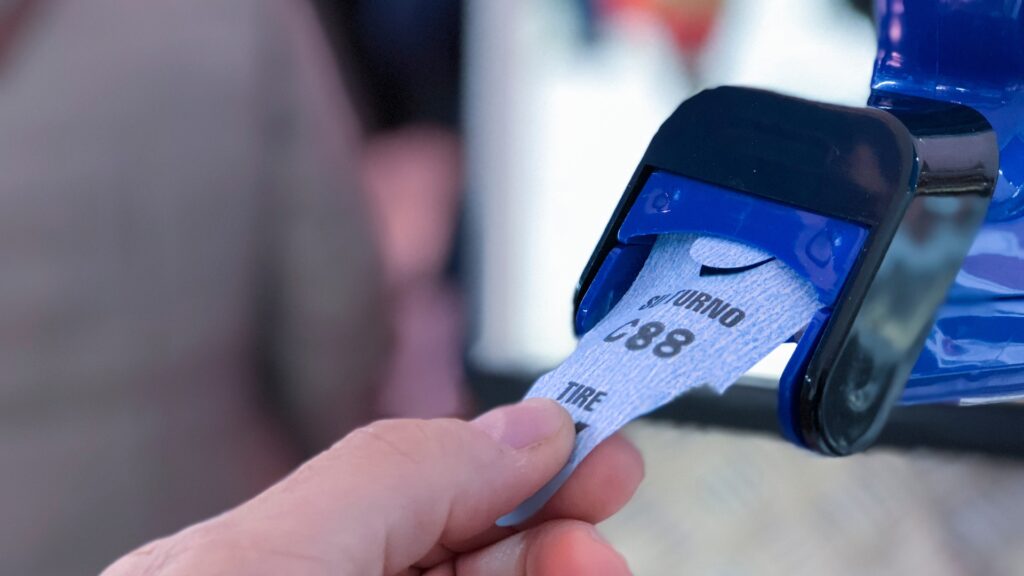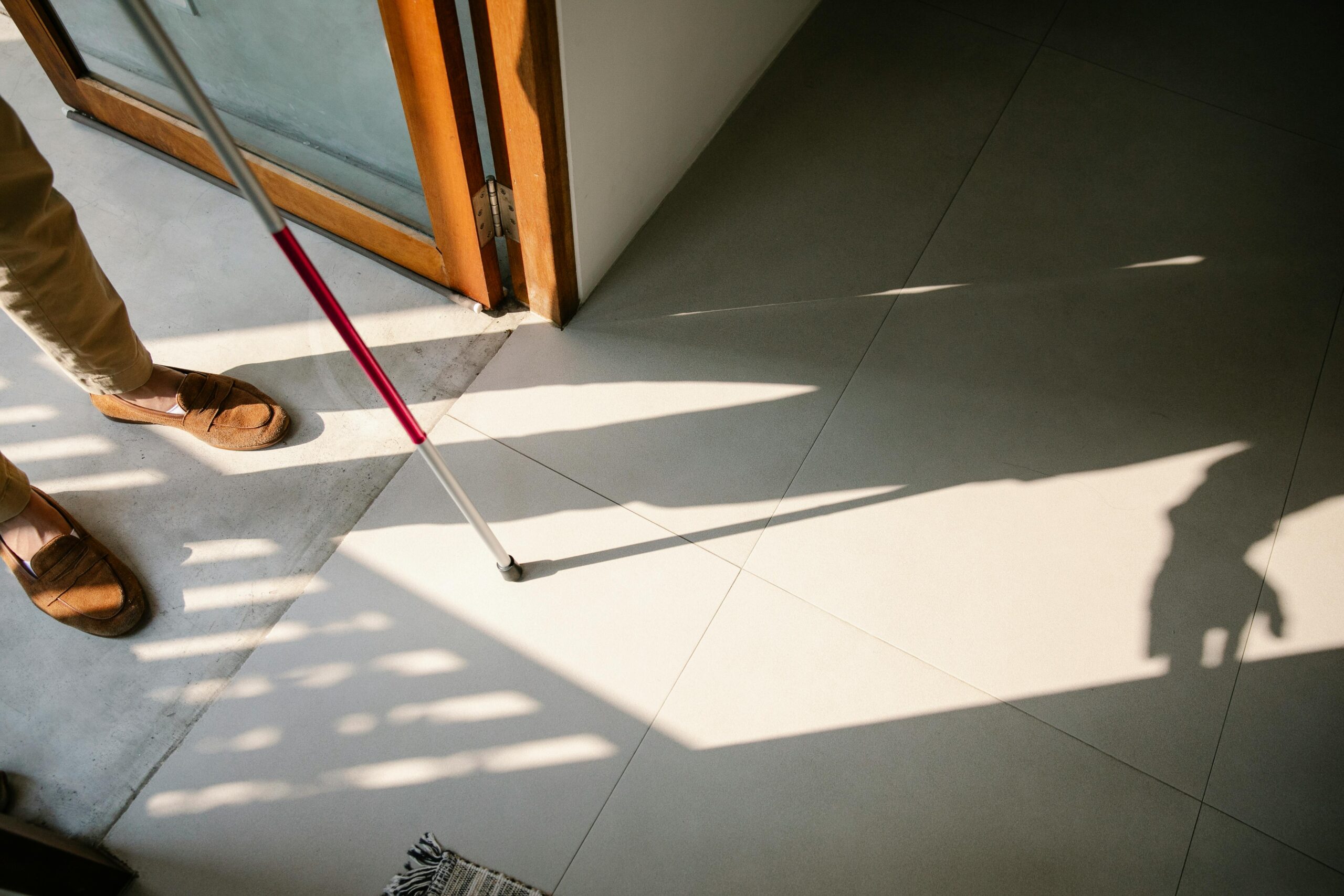
Smart Check-In Assistant from Axessible
Axessible’s new accessible check-in system makes it easier for visually impaired people to navigate places that use self check-in machines or queue number dispensers.
Not everyone can use self-service systems
In many service locations, your visit begins with a self check-in sequence or by the taking of a queue number.
But what if you can’t see the touchscreen? What if you can’t read the queue or service number when it’s called? And how do you find the right room without visual guidance?
For a visually impaired customer, this can lead to frustration, uncertainty—or even a complete barrier to receiving service.

The EAA comes into effect in June 2025. Are you ready?
The EU Accessibility Directive requires that all self-service devices must be accessible—just as the directive’s name implies. This obligation applies to both public and private sector operators.
More detailed information about the new requirements is available on the website of the European Commission

How does Axessible’s check-in assistant work in practice?
When a visually impaired person approaches, the audio beacon automatically activates and plays a guiding sound designed to help them locate the beacon. After that, a spoken message is played—for example:
“Welcome to (company name). Our staff has been notified of your arrival. There is a chair located beneath this audio beacon—you may take a seat and wait. Someone will assist you shortly.”
At the same time, the audio beacon sends a signal to staff, alerting them that assistance is needed.
This ensures that the customer is guided to the correct location quickly, safely, and equally—just like any other visitor.

Doors don’t have to be automatic—if they can be opened with assistance.
Many buildings have heavy or difficult-to-open doors, creating challenges for people using wheelchairs or with limited mobility.
With Axessible’s solution, a doorbell system can be installed to alert staff that someone is waiting outside and needs assistance entering the building.
The notification is sent directly to the back office or service desk—so the door doesn’t need to be constantly monitored.
It’s a simple and cost-effective way to improve accessibility without the need to replace the entire door system.

